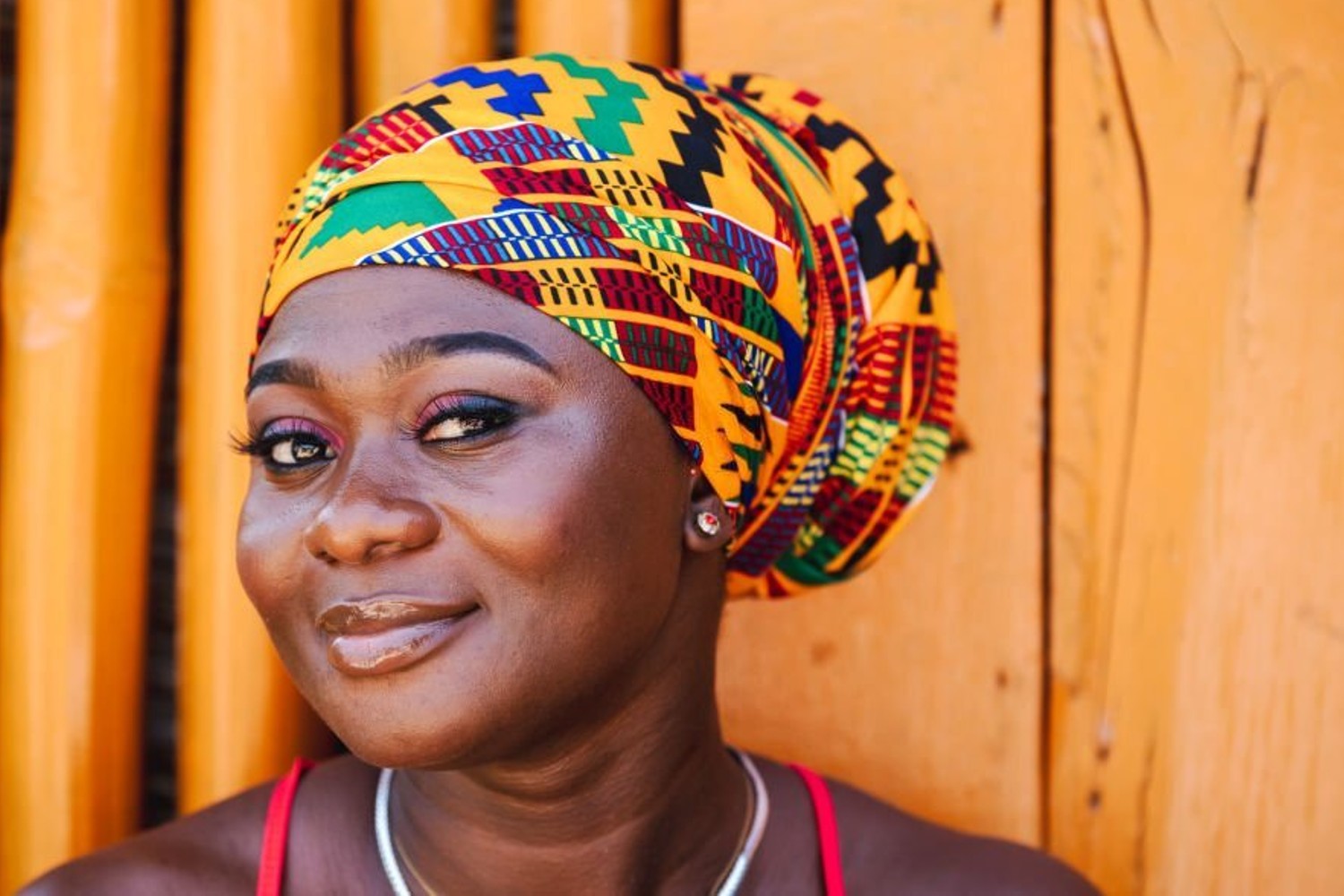If you have travelled to any of our Zambian camps, you are likely to be the proud owner of a beautiful chitenge. But how much do you know about its cultural heritage?
The Chitenge (or Kitenge) is an African garment similar to the sarong, often worn by women, wrapped around the chest or waist, over the head as a headscarf, or as a baby sling. Chitenges have an edging only on a long side and are worn in most central and southern African countries by men and women alike. In Malawi however, they are never worn by men.
The chitenge is used to keep everything covered from one’s midriff to below the thighs. In many cultures, this area of the body is seen as an erotic area and should not be shown, not even in trousers.
In most African villages it would be very unusual to find a woman not wearing a chitenge. It is a practical item that covers their clothes which can become dirty quite quickly in the dust and daily chores of rural life; women also use them to cover their hair so it doesn’t smell of smoke from cooking; it can be coiled onto the crown of the head as padding when fetching water and are essential for carrying babies.
 |
| Unwrapping The cultural History Of The Chitenge with Estos Suppliers Zimbabwe |
Chitenges serve as an inexpensive, informal piece of clothing that is often decorated with a huge variety of colours, patterns and these days even political slogans. Many of the designs have a meaning or written message. The cloth is used as material for dresses, shirts and skirts.
Chitenges can be used on any occasion and in many ways, either symbolically or for practical reasons.
Chitenges can be used on any occasion and in many ways, either symbolically or for practical reasons.
- In most of rural Southern Africa, the Chitenge is customary as an everyday dress, at funerals and official rituals and ceremonies. They provide functionality and modesty for the women.
- They are used as a sling to hold a baby across the back or front of a mother, particularly when breastfeeding. They also serve as baby blankets.
- Chitenges are given as gifts to women of all ages.
- They are sometimes tied together and used for décor on dinner tables or ground coverings at picnics.
- In contemporary times, women often use the chitenge wrapped around a bathing suit.
- Chitenges can be framed or otherwise hung on a wall as a decorative batik artwork, or used as curtains for young people who have just started living alone.
The chitenge is used to keep everything covered from one’s midriff to below the thighs. In many cultures, this area of the body is seen as an erotic area and should not be shown, not even in trousers.
In most African villages it would be very unusual to find a woman not wearing a chitenge. It is a practical item that covers their clothes which can become dirty quite quickly in the dust and daily chores of rural life; women also use them to cover their hair so it doesn’t smell of smoke from cooking; it can be coiled onto the crown of the head as padding when fetching water and are essential for carrying babies.
Artist Yinka Shonibare maintains that these pieces of cloth, which are used by women all over sub-Saharan Africa, originated from Indonesia. Many travellers become obsessed with chitenges which are relatively cheap and are economical and lightweight souvenirs. Unfortunately, any chitenge bought in Southern Africa these days will probably have been imported. However, considering its versatility the chitenge is here to stay in Africa.
Finally, these are just some of the names the Chitenge is also known as: Kitenge, Sarong, Zambia, Capulana, Nguvu, Vemba, Kanga, Wax and Tell.
Estos Suppliers Zimbabwe are suppliers of African Prints (Chitenges) and Cloths for both Ladies and Gents for any occasion. Estos Suppliers Zimbabwe Is A Multi-Industry Provider With An Outstanding Reputation For Service, Designed To Meet Our Client's Expectations.
WhatsApp: +263 71 368 1230

















